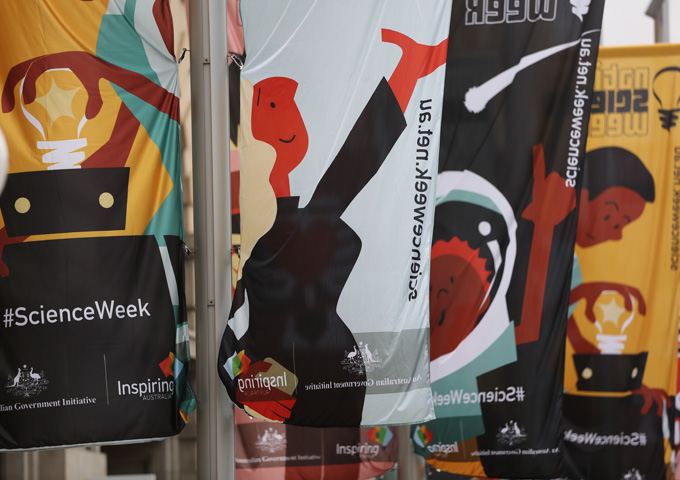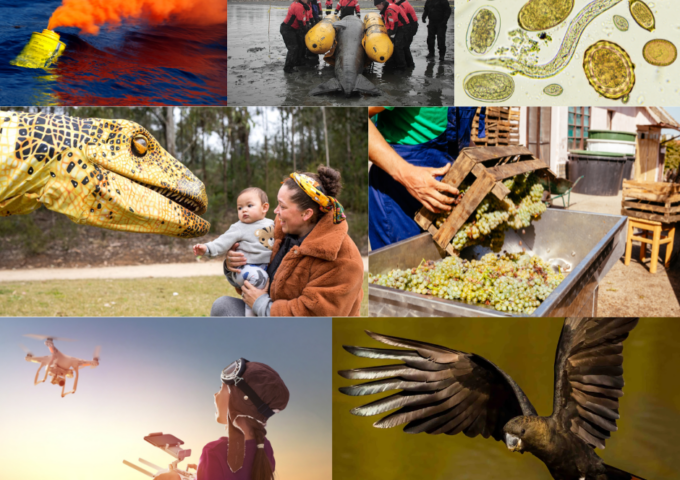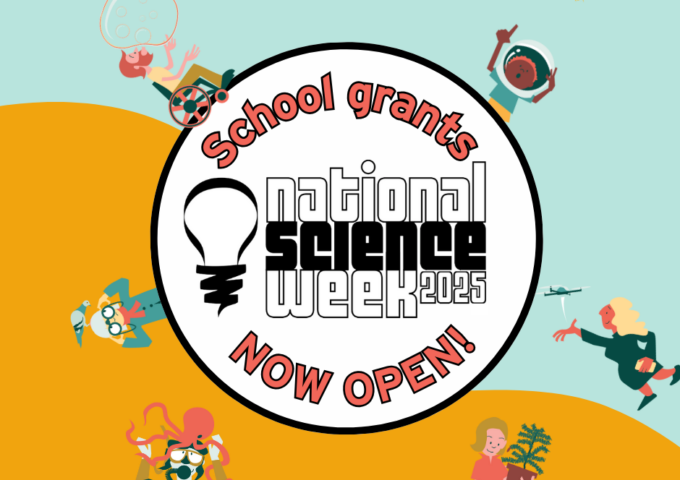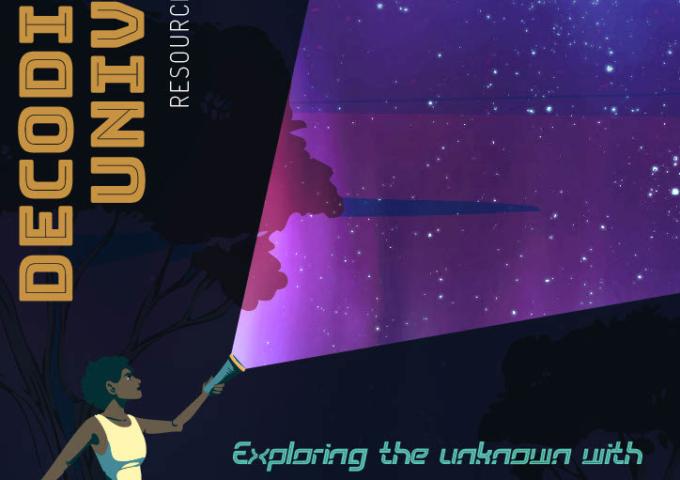
Sometimes it’s not only the fossils that tell the story, but the records of their collectors as well!
 Many collections housed at the Queensland Museum hold fascinating historical insights. Particularly when looking at sites that have been collected for long periods of time, by numerous collectors. One such site, on the Western Darling Downs, is a perfect example, with over 100 collectors digging up thousands of bones over a period of around 150 years.
Many collections housed at the Queensland Museum hold fascinating historical insights. Particularly when looking at sites that have been collected for long periods of time, by numerous collectors. One such site, on the Western Darling Downs, is a perfect example, with over 100 collectors digging up thousands of bones over a period of around 150 years.
Making sense of the data from such a diverse site collection at first glimpse seems not such a difficult task. Wouldn’t you just look through the Queensland Museum registers and make a list of sites and collectors… or so you would think?
Jo Wilkinson and Kristen Spring began this mission by doing just that. Searching the old registers, with entries dating back to the late 1800’s, was found to open up a world of historic gems. It was a time when settlers were heading west from Brisbane and taking up land to develop for farming. The names read like a who’s who of early settlers, explorers and naturalists and it didn’t take long to get lost in their personalities and their stories. Historic records of Ludwig Leichhardt’s expeditions and compilations of scientific letters help give us a greater understanding of the period. Slowly those words written in ink so long ago began to come to life.
Early collectors experienced the difficulties of being so far away from their scientific heroes in London, to whom specimens where carefully wrapped and sent on ships for identifications. We can only imagine how eagerly awaited ships coming back from England would deliver letters of encouragement to continue the search for new and unusual oddities to increase knowledge of the new lands. Many of these early collectors were not scientists but men and women who were keen observers of their natural environment with a passion for science. They were some of our first citizen scientists.
Site location data has changed significantly throughout the years from the early days when property names and geographical features were commonly used. Military map co-ordinates later became the norm followed by topographic references and a selection of mud maps showing gully and ridge names recorded in written field notes. Nowadays researchers have the advantage of using modern digital technology, Google Maps and global positioning systems with accuracies of several metres.
From humble beginnings, the historic collection mentioned above has become one of the most significant collections of Pliocene (3.5 million year old) megafauna deposits in Australia, and continues to grow every year.
But how the times and ways of collecting have changed!
Guest blog post by Jo Wilkinson (Geosciences Snr fossil Preparator) and Kristen Spring (Geosciences Collections Manager).






